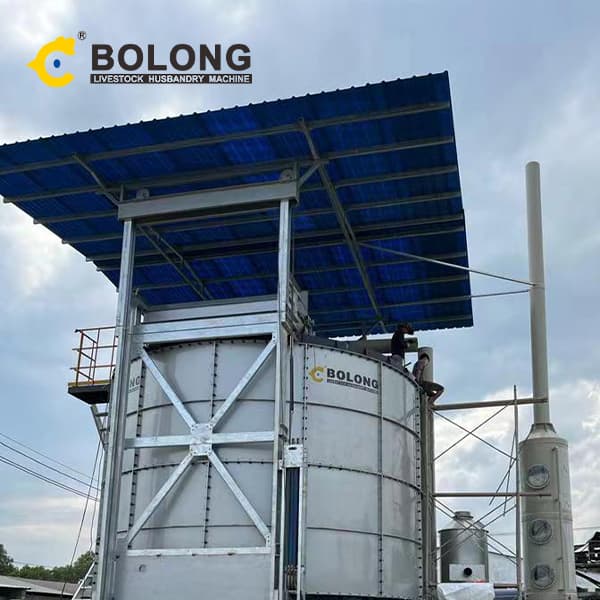
2023/9/29/ · Biophotolysis and dark fermentation approaches can be used to produce biohydrogen from waste. Dark fermentation is preferred due to higher production rates, ability to produce hydrogen in absence of light and availability of source materials . Fruit waste can be heated from 60 to 80 °C to kill the microbiota from the substrate .
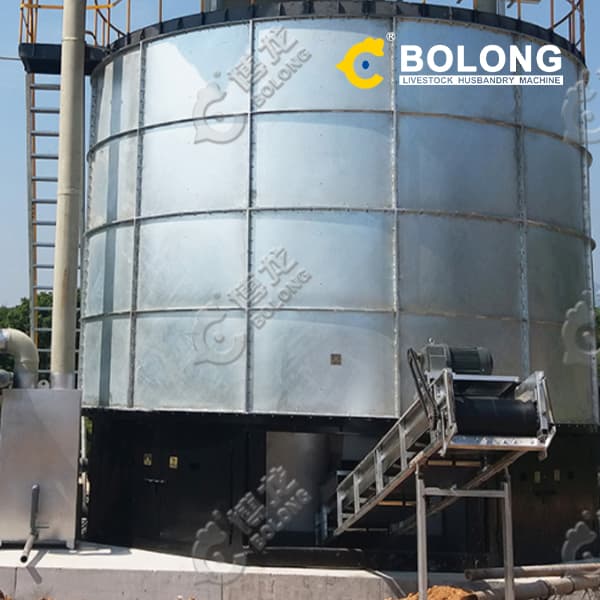
The use of fruit waste as a low-cost alternative to conventional fermentation media may substantially improve the economic viability of biomanufacturing various goods, as the cost of the fermentation substrate is a key cost driver for microbial fermentation (Leong & Chang, 2022). However, natural variability in the composition of fruit wastes
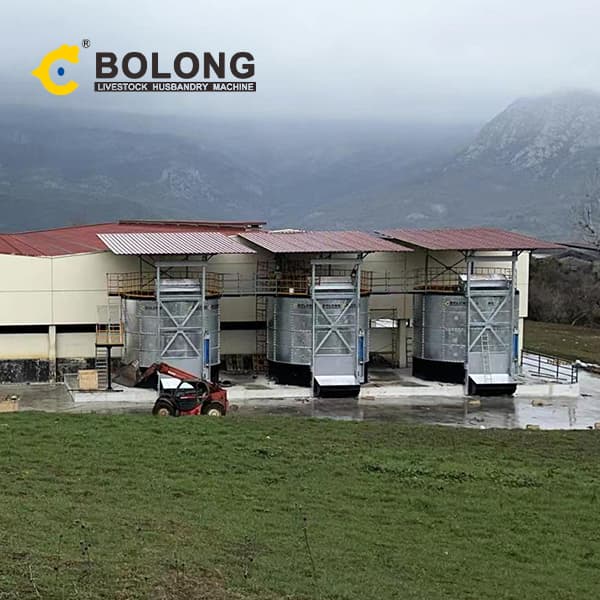
39.4.2.3 Fermentation of food wastes. The compositional variation is one of the challenges in food waste fermentation. Recently, Poe et al. (2020) studied the influence of compositional variation of food waste on butanol production through fermentation. They collected dining hall food waste weekly for 16 weeks.
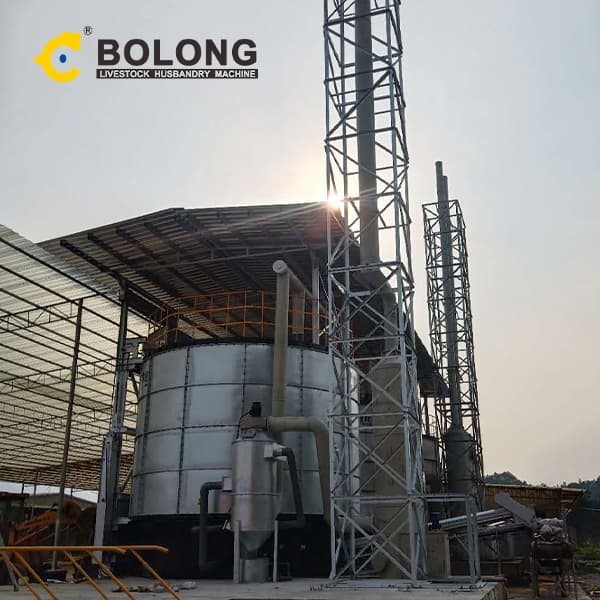
2022/10/2/ · The present review explores fruit wastes as potential and low-cost substrates for economical production of cellulase enzymes. Being renewable, vast availability and having rich organic nutrient, these fruit wastes can be exploited to produce cellulase enzyme for various industrial applications. This review aimed to explore recent
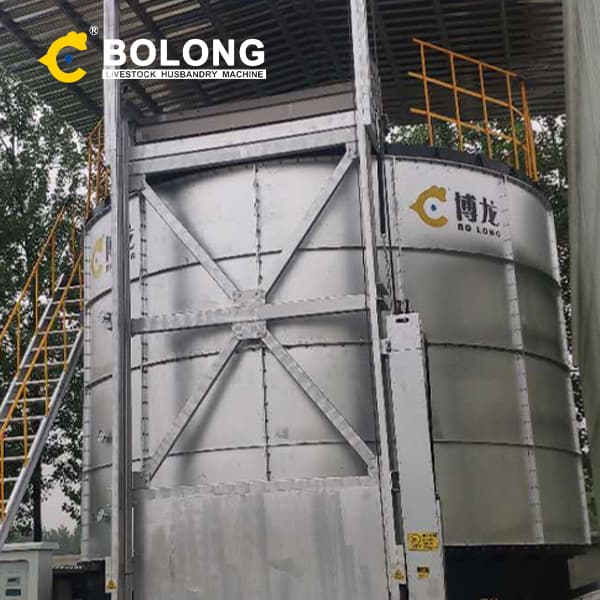
2015/8/4/ · Fermentation using Phanerochaete chrysosporium mold with 70% durian skin and 30% tofu waste increases the crude protein by 65.13% with an inoculum dose of 8% and fermentation time of 9 days
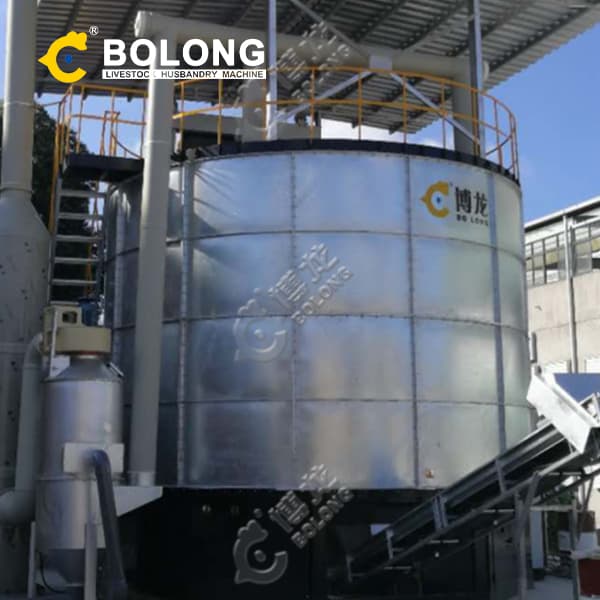
2019/1/15/ · The functional unit for this study is set as 2500 kg of CW to enable us to evaluate the impact caused due to processing of CW. Life cycle inventory Feedstock. The citrus waste generated after extraction of juice has 20% dry matter with significant amounts of pectin 25%, hexosans 26%, and pectosans 7% (Pourbafrani et al. 2010). The CW thus
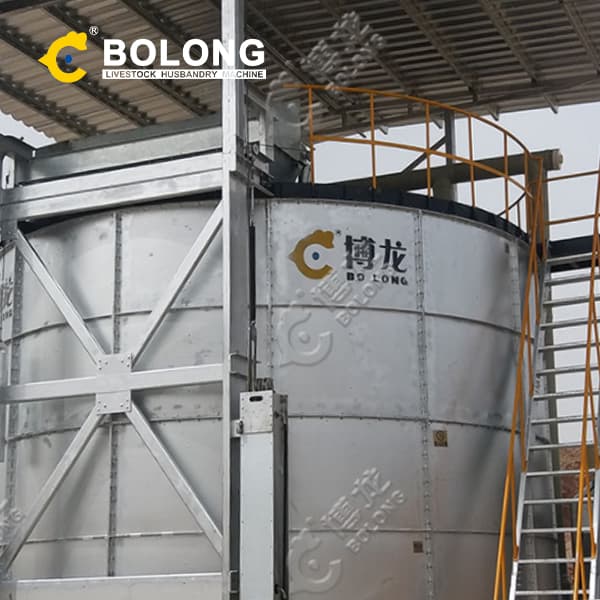
2013/12/1/ · vaporization to purify ethanol. If the solution produced by. fermenting food waste is flashed at a temperature of 99.7 8 C, 77% of the ethanol is recovered in a vapor str eam with 1.14. mol

Promon et al. reported that vegetable waste biomass is rich in lignocellulose content and use nonedible vegetable waste to hydrolyze it to obtain d-xylose and glucose (Promon et al. 2018).Lignocellulose is mainly the composition of 10–15% lignin, 20–40% hemicellulose, and 30–50% cellulose (Wilson and Lee 2014).Cellulose is a homologous glucose polymer
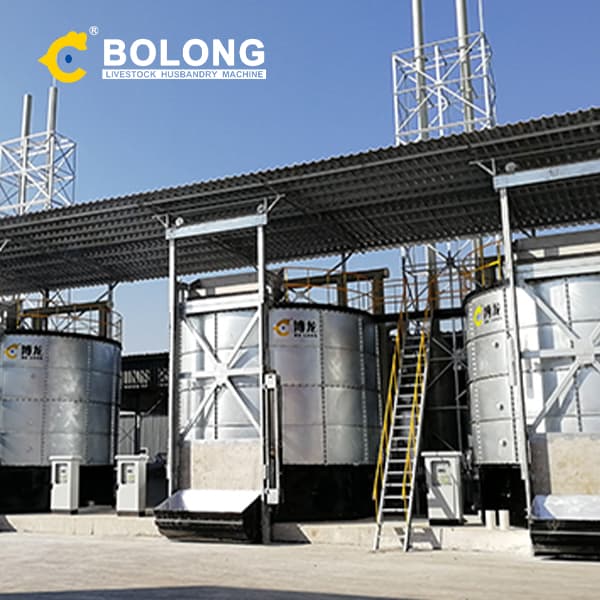
The municipal solid waste composition in Malaysia is about 45 % of which is food waste, and less than 5 % of the food waste is being recycled [1]. The average amount of waste generated in 2003 was 0.5–0.8 kg/person/day and currently has escalated to 1.7 kg/person/day; and as a result, higher cost and critical management of waste disposal are
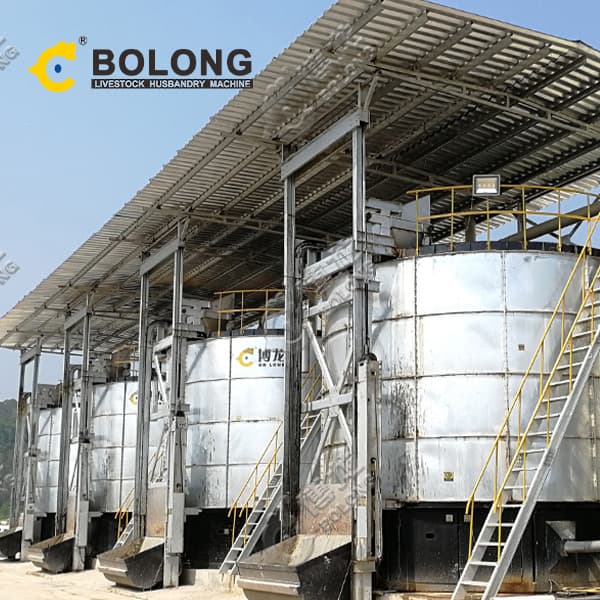
2020/1/28/ · Fermentation of prawn shell waste. Lactobacillus plantarum subsp. plantarum ATCC 14917 was inoculated in 5 mL of De Man, Rogosa and Sharpe (MRS) broth and incubated overnight at 200 rev min −1 and 37 °C, while Bacillus subtilis subsp. subtilis ATCC 6051 was inoculated in 5 mL of Luria broth (LB) and incubated overnight at 200 rev
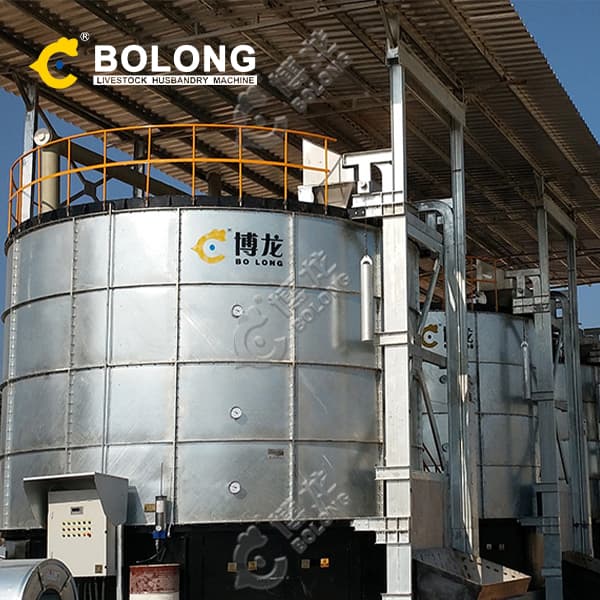
2020/6/1/ · Clostridium strain BOH3 can produce hydrogen from agro-residues based media. This report reveals its ability to utilize fruit waste for hydrogen production. In the first approach, for BOH3 fermentation fruit waste hydrolysates generated from microwave (2.45 GHz for 15 min) or moist heat (121 °C for 15 min) treatment were used as substrates, after
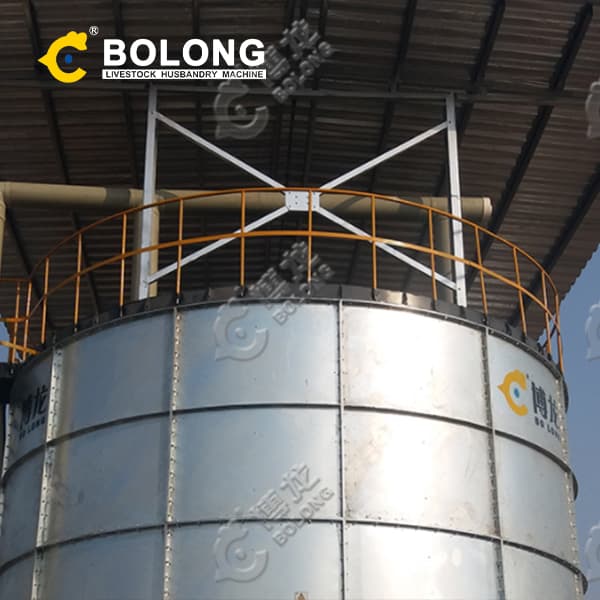
2013/1/1/ · The fermentation mash was analyzed by HPLC-RI to get the data of the remain sugars and concentration of ethanol produced for every 4 hours. In the chromatogram of fermentation mash, that can be seen in Fig.1, the peak of glucose, xylose and ethanol have retention time 9.4, 10.1 and 22.5 minute respectively as can be seen in
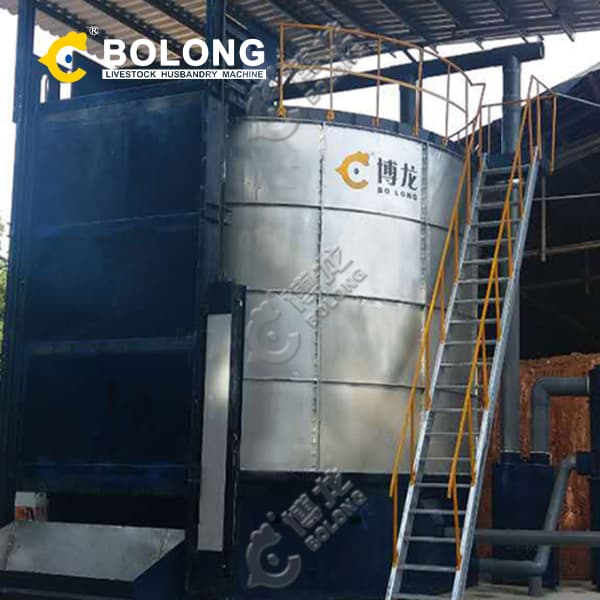
The abundance of organic solid waste throughout the world has become a common issue that needs complete management at every level. Also, the scarcity of fuel and the competition between food and substance as an alternative to a petroleum-based product has become a major problem that needs to be properly handled. An urge to find renewable …
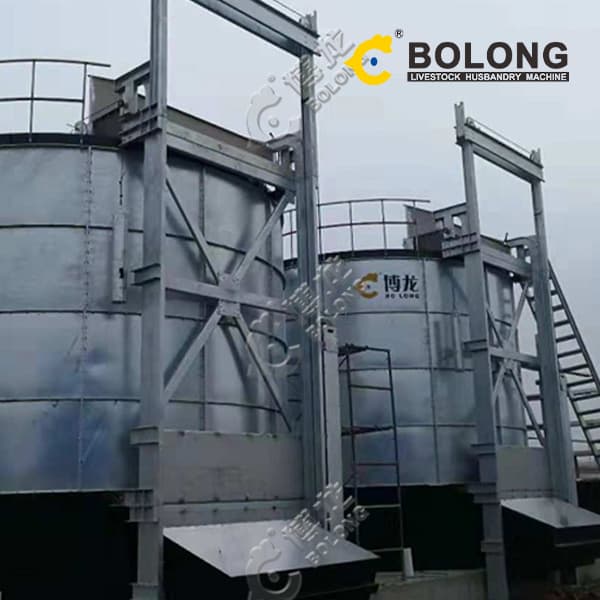
2024/3/20/ · Biohydrogen refers to the production of hydrogen gas (H2) from organic wastes through microorganisms for renewable and sustainable energy sources and recycling operations. The present research work aims for anaerobic digestion of organic waste, i.e. orange peel, core, and skeletons, as a remarkable feedstock for the production of …
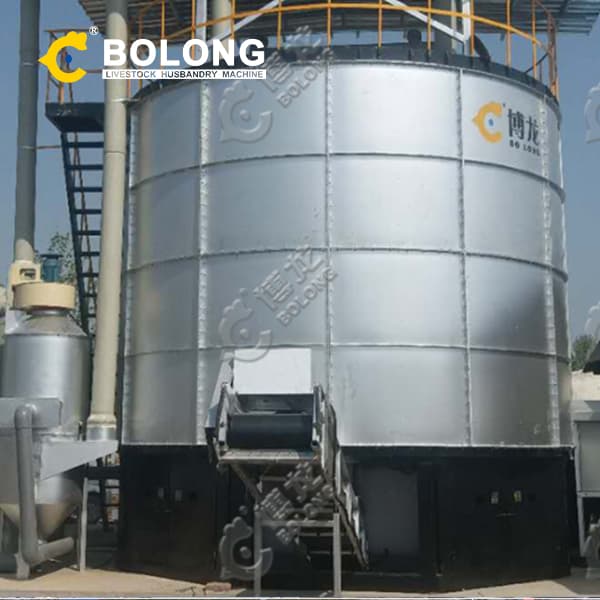
2020/10/20/ · In this regard, a successful fermentation strategy using Clostridium cellulovorans and Clostridium beijerinckii strains was designed to ferment mandarin …